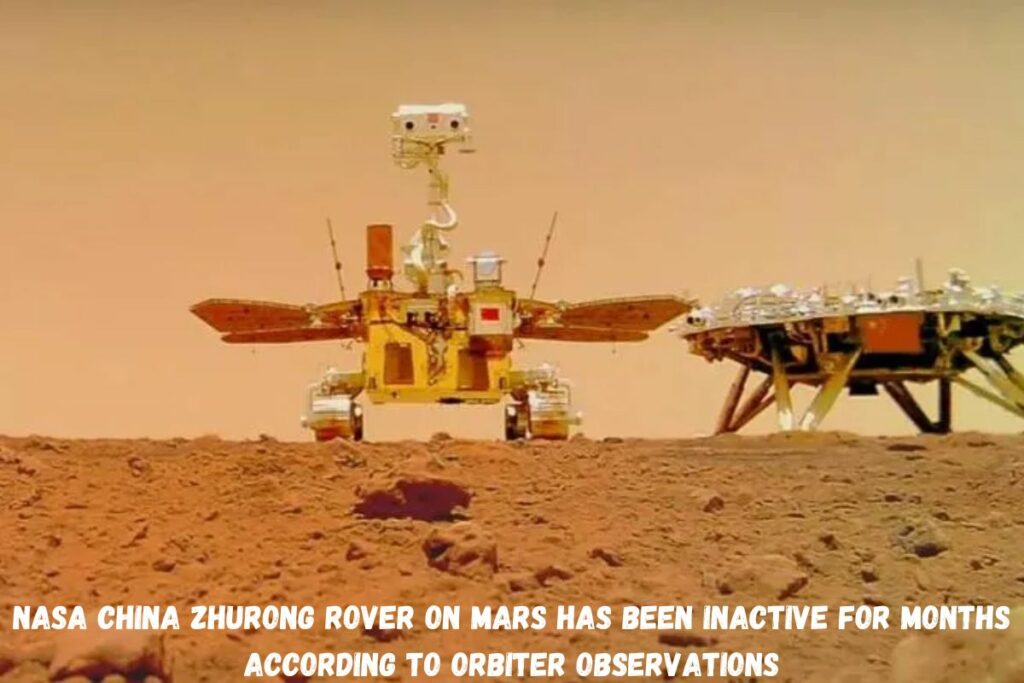China has been mum on the state of its spacecraft, but images from NASA’s Mars Reconnaissance Orbiter show that the Zhurong rover is still in the same spot on the Red Planet.
On March 11, 2022, September 8, 2022, and February 7, 2023, the rover was photographed by the High Resolution Imaging Science Experiment (HiRISE) camera aboard the Mars Reconnaissance Orbiter (MRO). The HiRISE Operations Center released the photographs on February 21.
According to the pictures, the solar-powered Zhurong, which landed in May of 2021, has been sitting still until at least September 2022. In May of 2022, it went into a slumber condition in preparation for the winter’s low solar radiation in the Utopia Planitia region of Mars.
In December, when the northern hemisphere spring equinox occurs, Zhurong’s battery and solar arrays should be able to generate enough electricity for the rover to restart autonomous operations.
You might also think about the following:-
- NASA Discovers Mysterious Features In Saturns Magnificent Rings
- An Update On NASA And Spacex Crew-6 Mission Has Been Announced
Unfortunately, the Chinese space agency has not supplied any new information on the rover’s status. Unnamed sources told the South China Morning Post on January 7 that the mission crew had not yet received a signal from Zhurong.
50 YEARS OF MARS ROVERS (1971-2021), TO SCALE
USSR Mars 3 Prop-M, @NASA's 5: #Sojourner, #Spirit, #Opportunity, #Curiosity, #Perseverance w/ helicopter #Ingenuity, China's #Zhurong, & a (future) #Mars #Astronaut, to scale.
OK Fellas, There's a new kid in town. Everybody say hi. pic.twitter.com/WGP7GWE7PR
— Pascal Lee (@pascalleetweets) May 24, 2021
Zhurong may have picked up a layer of Martian dust over time, as evidenced by the history of HiRISE photos. This could affect the efficiency of its solar panels and the two “windows” that allow a substance called n-undecane to absorb heat during the day and release it when the temperature drops at night.
Zhurong does not have a radioisotope heater unit like the country’s Yutu lunar rovers; instead, it uses n-undecane and aerogel for heating and insulation.
In 2005, NASA’s Spirit rover had a lucky run-in with a dust devil that helped the probe generate more energy by cleaning its solar panels. Combined with the rising solar radiation levels that herald the arrival of summer in the northern hemisphere, these events suggest that Zhurong’s reactivation is not entirely out of the question.
Were you trying to find data for a green energy analysis? You can get tea from Greenenergyanalysis.com.

